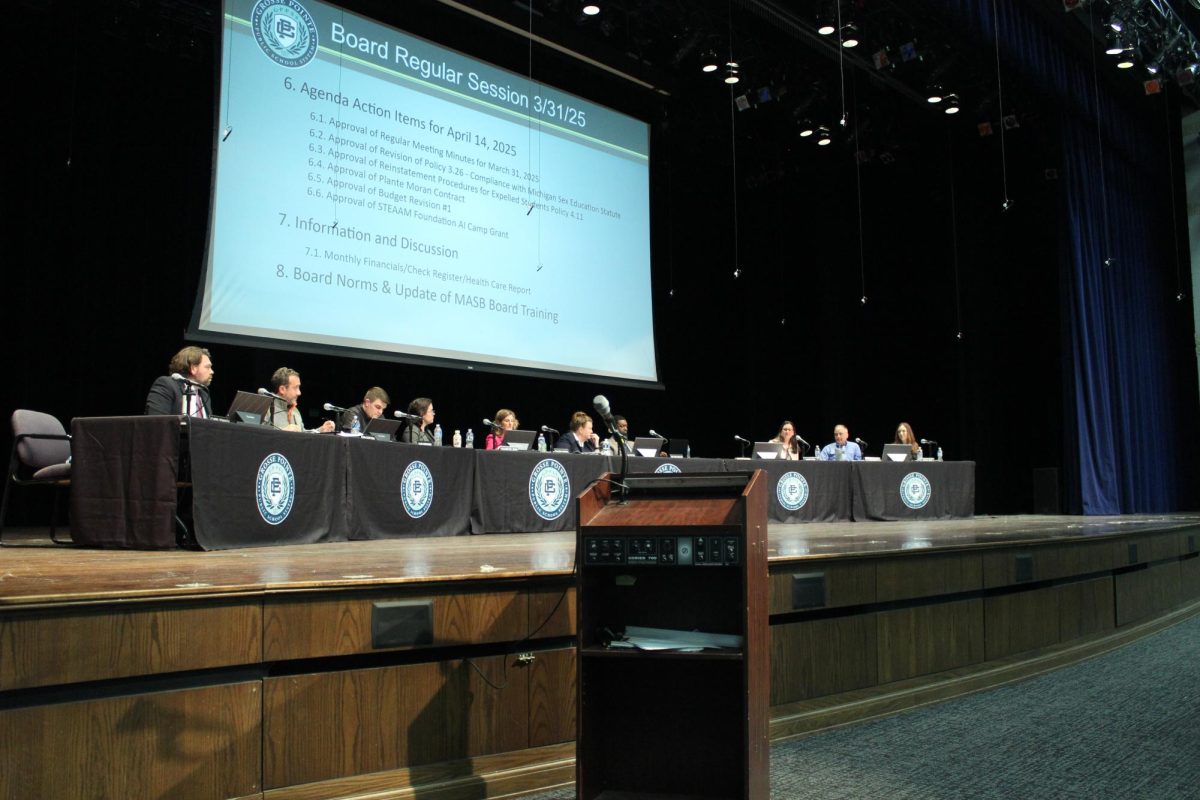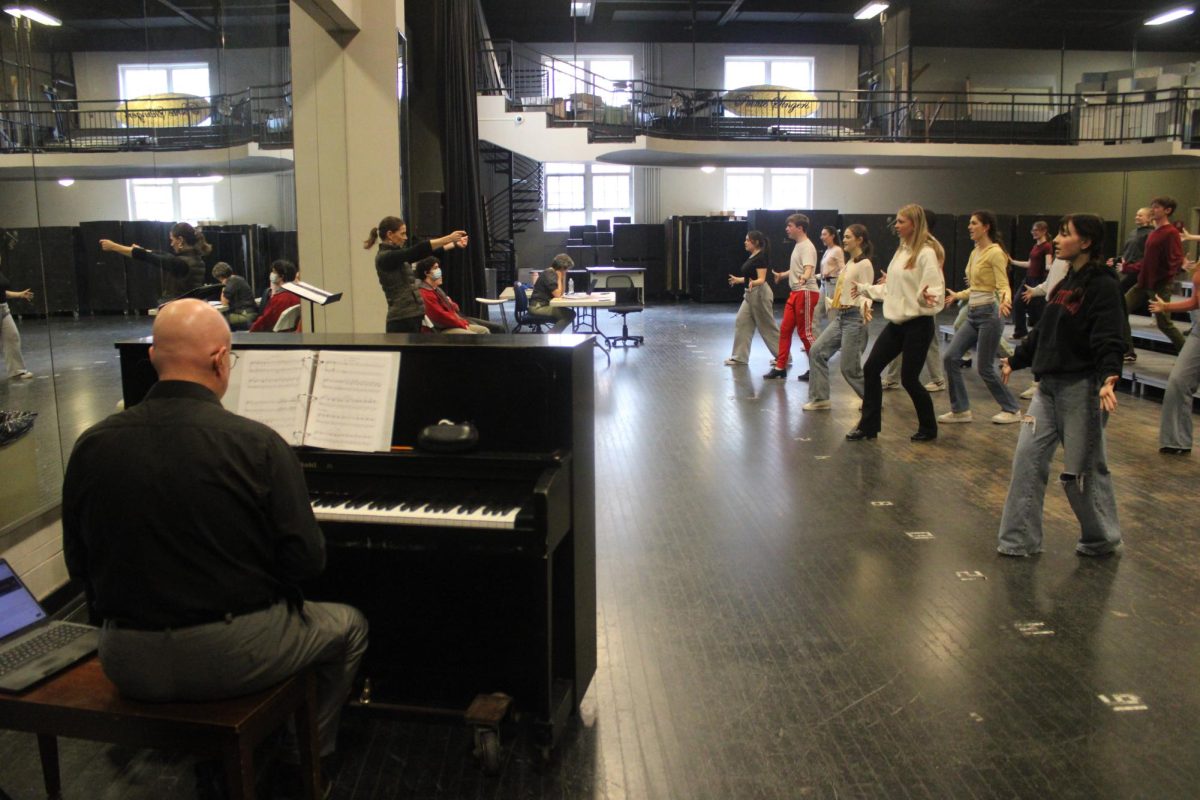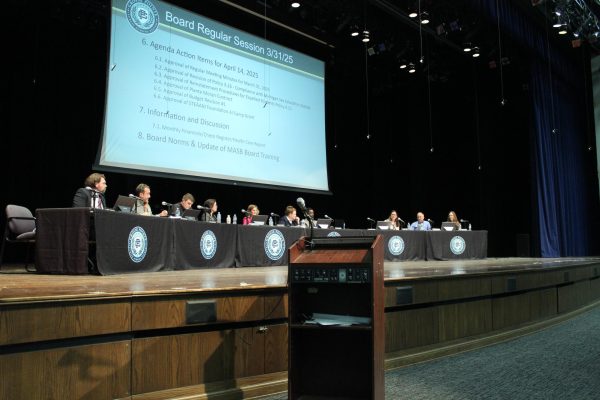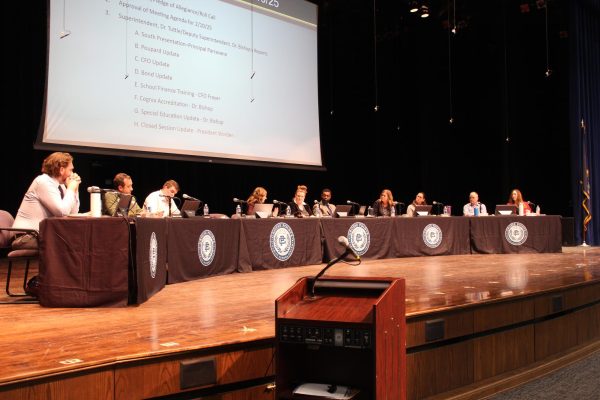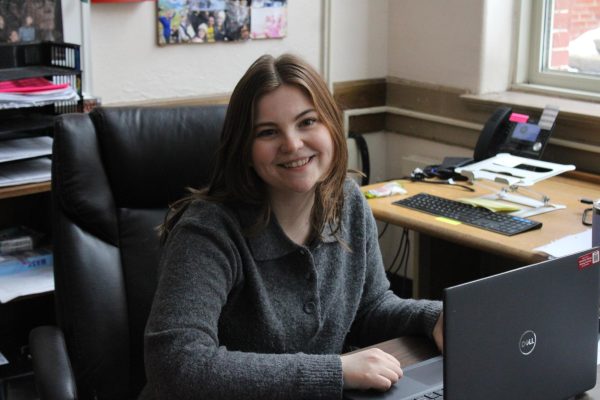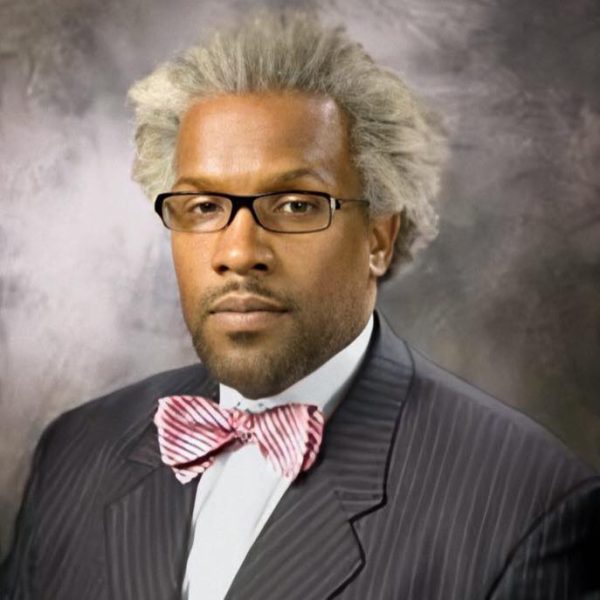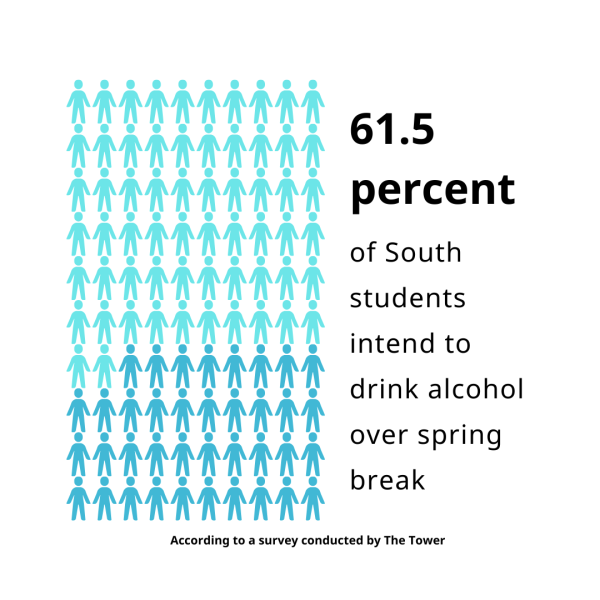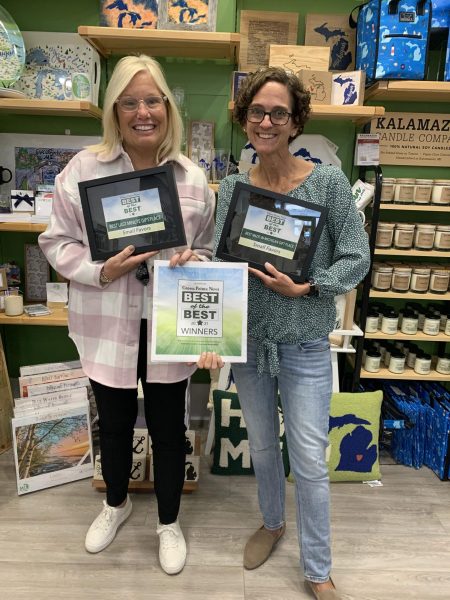No strings attached
The changing dynamics of casual relationships among students
The late-night Snapchat, the 3 a.m. text message and many other forms of communication all to say, “Do you want to hook up?”
The conversation about hookups and sexual encounters have become less of an enigma and more commonplace, according to sociology teacher Sandi Siemaszko.
“Years ago, you dated, and sex was kind of this intimate thing that you shared with one person. And since, a lot of dating now, is more casual,” Siemaszko said. “I think sex is more casual too.”
According to Youth Risk Behavior Surveillance, 47 percent of high schoolers have had sex and 34 percent are sexually active.
Actions of students are based on their values and morals, and those values and morals help people create groups of friends who share those values, Siemaszko said.
“If sex is something that I don’t take casually, then I am probably going to be around people who feel the same way,” Siemaszko said.
Ethan Vick ’18 has not experienced the hookup culture at South and says it’s due to his in-school interactions.
“I talk to most people, but since I’m in honors classes, I don’t really get to talk to so many people,” Vick said.
According to Siemaszko, hookups arise out of human nature and the need to be with others.
Lauren Michels ’17 says that she notices that among the senior class, casual hook ups are more prevalent than relationships.
“I would say most of hooking up is just hitting someone up on Snapchat or texting them,” Michels said. “And (it is) talking to someone and working out something to hook up with them and keeping that for a little bit, and then dropping it when someone gets feelings.”
According to Pew Research Center, 50 percent of teens aged between 13 and 17 have let someone know they were romantically interested over social media.
“I definitely don’t think it would be as casual without social media because a lot of people do end up talking to each other when they would not otherwise,” Michels said. “They’re Snapchat is in their Instagram bio(graphy), and someone is like, ‘Oh, they look cute.’ That’s the outlet to start talking to them, and that leads into the other activities.”
Todd Hecker is a new teacher this year at South, after previously teaching for 19 years at North Farmington High School. Hecker said South is not that different in sexual promiscuity than his old school.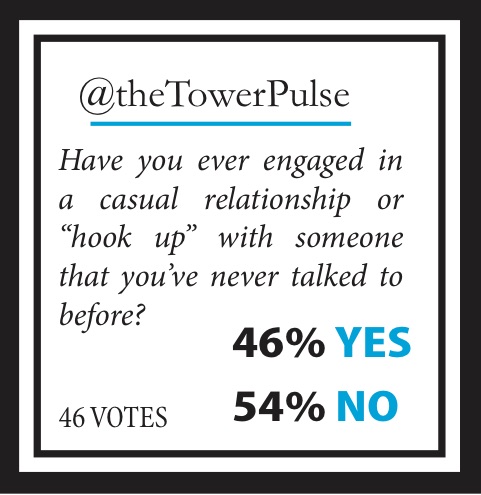
“I don’t know if that happens any more here than it did at my old school,” Hecker said. “It’s not like kids are coming up to me going, ‘Hey, Mr. Hecker, I did whatever over the weekend.”’
South tends to think it’s more different than it actually is, with South being more mainstream than students believe, Siemaszko said about students and sex.
“I think we are a lot like other places,” Siemaszko said. “We don’t necessarily stick out like we may think we do.”
Michels said South is pretty normal and doesn’t differ that much from other schools.
“I don’t really know, because I haven’t really been to the other schools and dealt with that, so from what I’ve seen, we’re not that different,” Michels said.
While it may be considered normal, Kado said, it can have some unintended and negative consequences.
“I don’t think it’s (hooking up) a big issue, but I think it’s more of a personal issue,” Kado said.“If you want to have awkward relationships or friendships with people, then it’s going to happen.”
According to a study in the National Library of Medicine, 63 percent of college aged men and 83 percent of women are looking for more of a relationship than a casual encounter.
Michels has been in a relationship for a year and said that there’s a lot less pressure to go along with hooking up.
In the United States, one in six boys and one in four girls have been sexually abused before the age of 18, according to the National Sex Offender Public website (nsopw.gov).
“It’s just the whole party scene and the fact that people are intoxicated and it comes back to the whole, ‘Do you actually have consent for them or not?’” Michels said. “And there have been several instances from what I’ve heard with my friends, and personal experiences where they do claim they have been taken advantage of, where the boy has no idea that it even occurred.”
In elementary school, 80s video upon 80s video is shown encouraging kids to stand up to peer pressure and not fall to it, but there may be another type of pressure, Siemaszko said.
“The whole idea of (individual peer pressure) is that I’m going to put pressure on myself to feel like I fit in somewhere,” Siemaszko said. “So others are doing this, and I feel like I don’t fit in, so I’m going to put pressure on myself to do something that maybe I’m not all that comfortable with.”
According to Michels, hooking up isn’t other people pressuring students, but just a matter of age and hormones in general.
“You see someone doing it and you want to. It’s not pressure, just wanting to fit in,” Michels said.
 Infographic by Griffin Jones ’18
Infographic by Griffin Jones ’18



